Cloud-based master control solution for remotely managing live contribution devices, user permissions, and video sources and destinations.
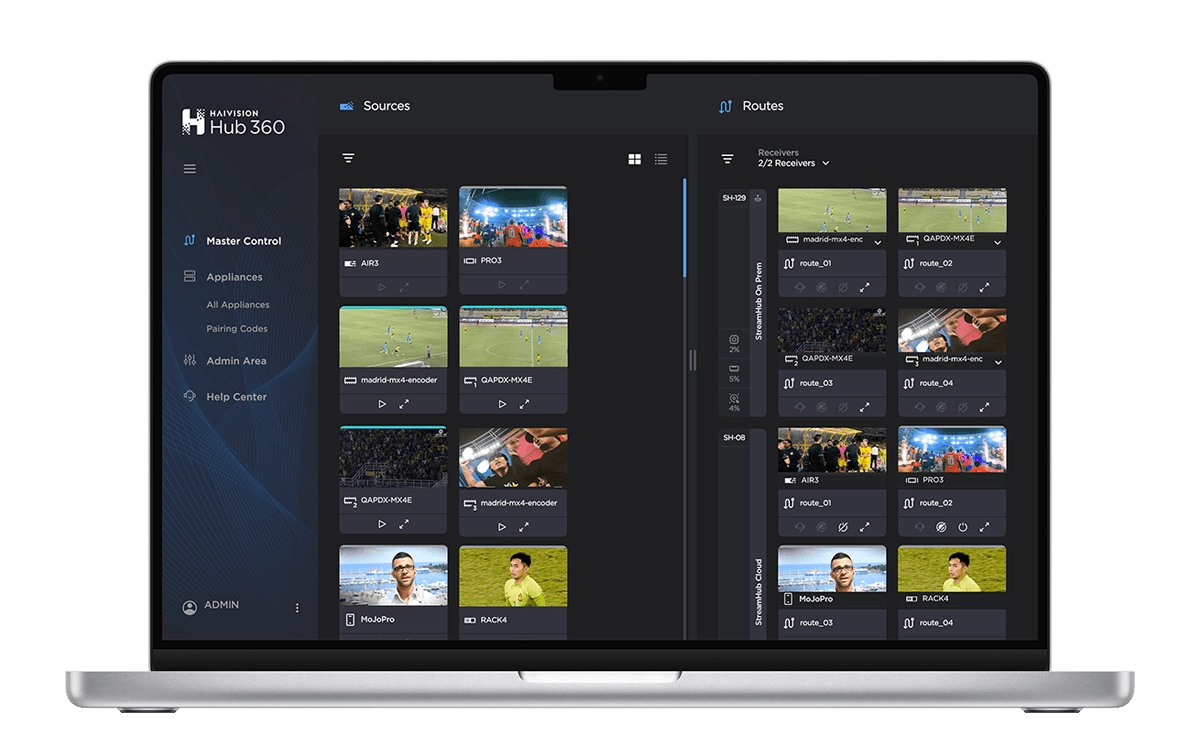
Haivision Hub 360 makes it faster and easier to configure, control, and monitor all your geographically distributed live contribution encoders, transmitters, and mobile apps from one place. Route live video over the internet with SRT and cellular networks with SST. Streamline the management of receivers and decoders, on-prem and in the cloud, for contribution to IP and SDI production workflows.
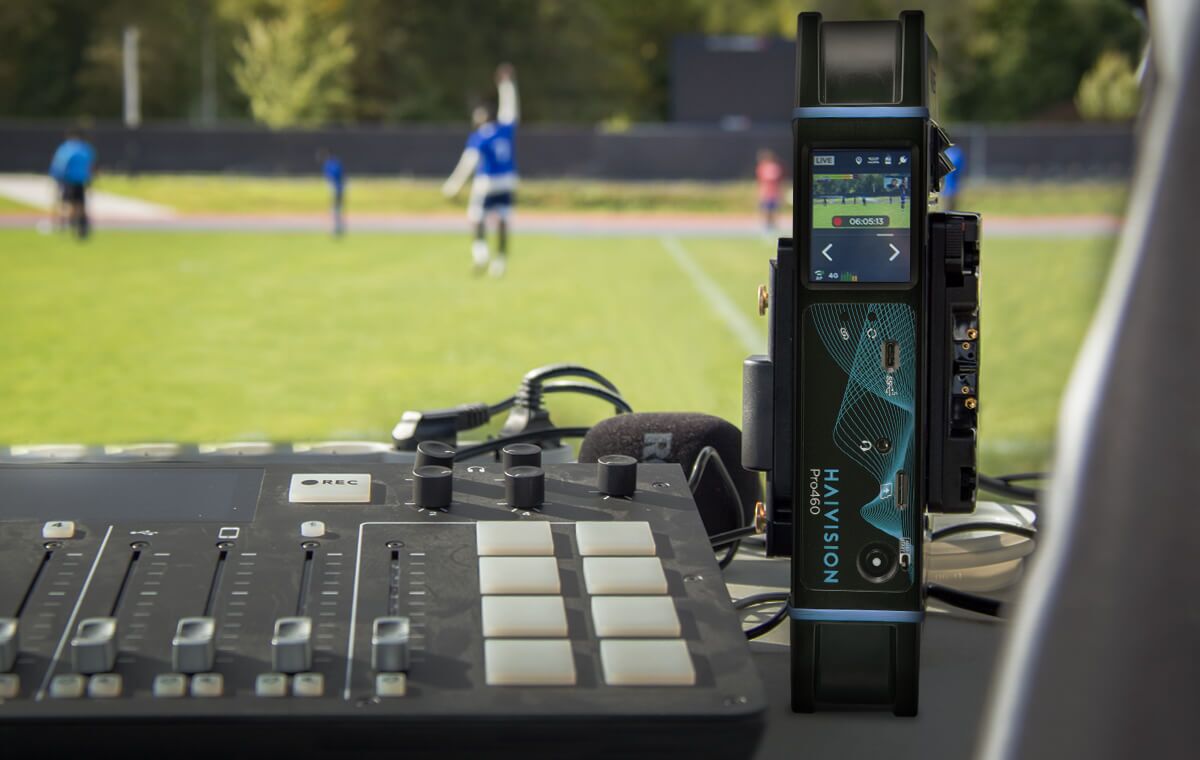
Remotely access your Haivision Pro and Air transmitters, MoJoPro apps, Rack and Makito X4 video encoders, all from one place. Easily configure and control your remote devices so that your camera operators and talent are ready to go live. To ensure optimal performance, you can monitor your entire fleet of broadcast contribution devices and remotely update firmware, all from a single web browser.
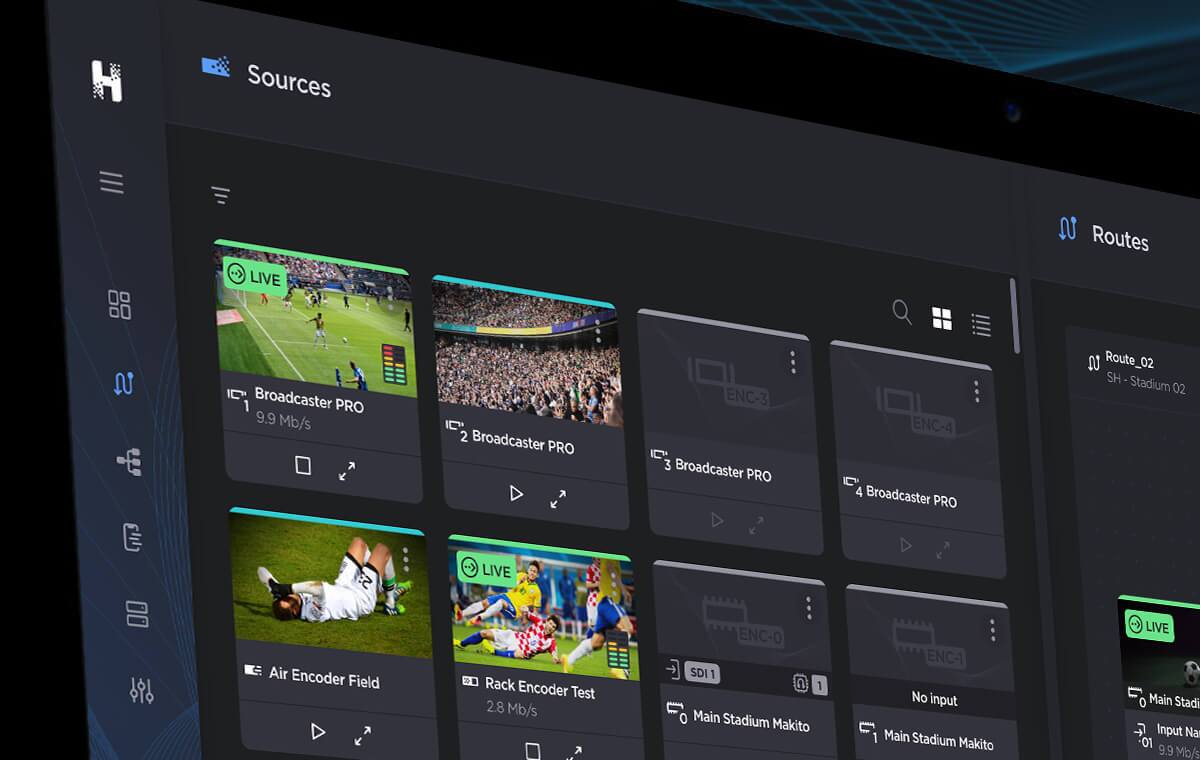
Hub 360 is designed to fit within your master control environment by allowing you to view all your broadcast contribution devices and feeds. It features preview thumbnails in a multi-viewer of all live video sources and destinations along with real-time statistics. Users can easily ensure that live content is being sent to the correct destination by monitoring incoming video streams and immediately changing settings when needed.
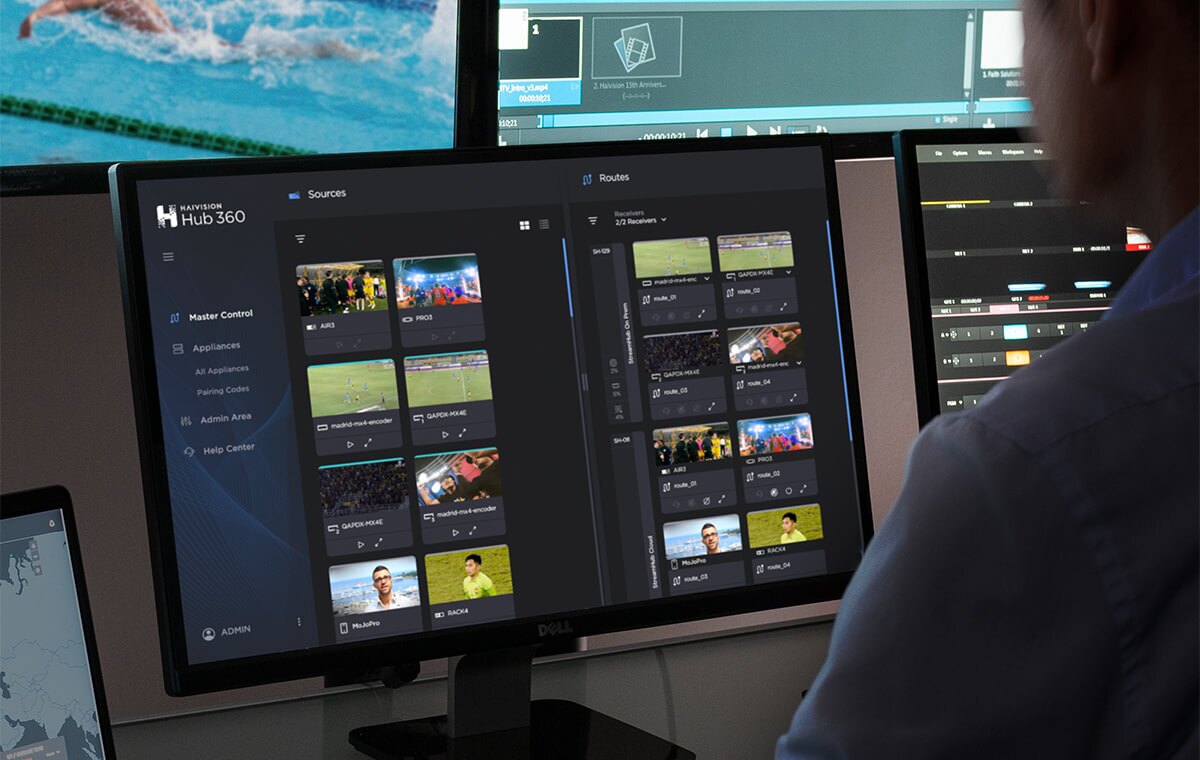
Hub 360 allows you to manage all your StreamHub receivers, on-prem and in the cloud. Assign live video feeds to SDI, SMPTE ST 2110, NDI, SRT, and other IP outputs for maximum flexibility. You can also apply real-time transcoding to convert between input and output protocols, video resolutions, frame rates, and bitrates. Using Hub 360, users can modify and/or duplicate incoming video streams for compatibility with all destinations, including production facilities, cloud production, and third-party rights-holders.
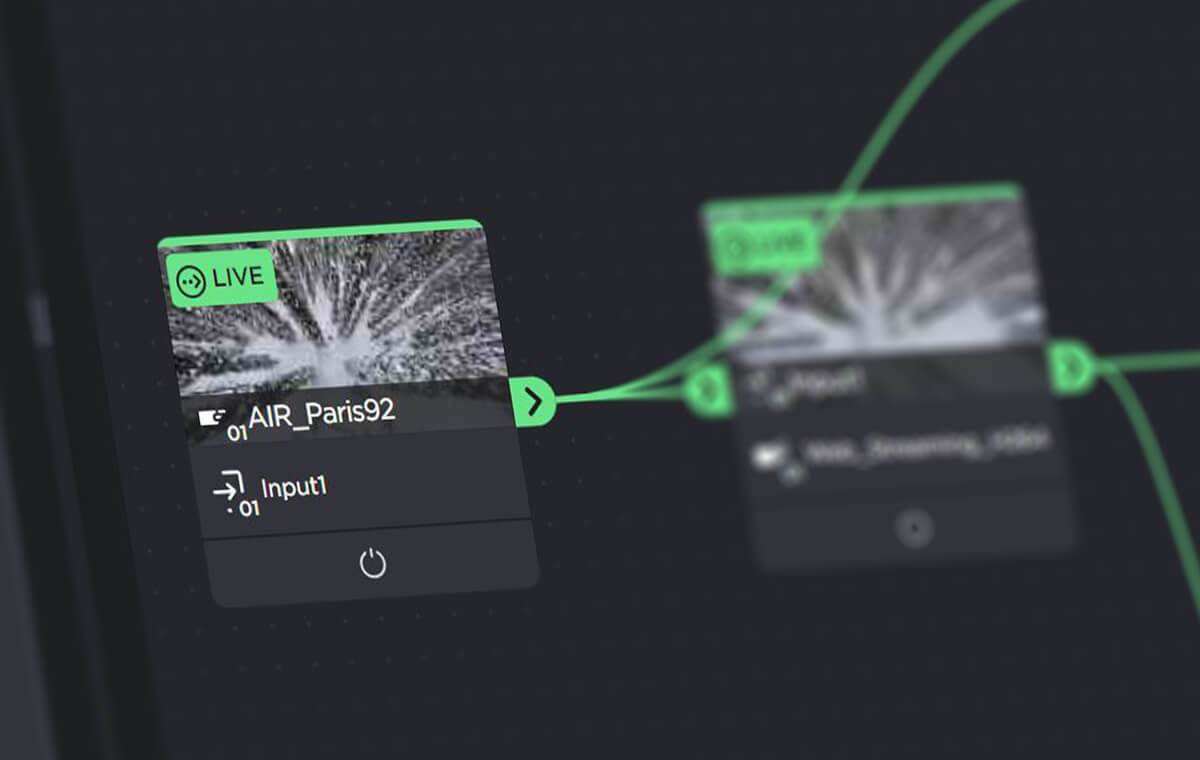
As a cloud solution, Hub 360 is always available and accessible from anywhere. Its intuitive browser-based UI makes it easy for users to manage devices, build video routes, and configure destination outputs. With its drag-and-drop interface Hub 360 does not require any specialized training. With the ability to instantly spin-up additional StreamHub receivers and IP gateways, users can scale their production to quickly cover larger or unplanned events.
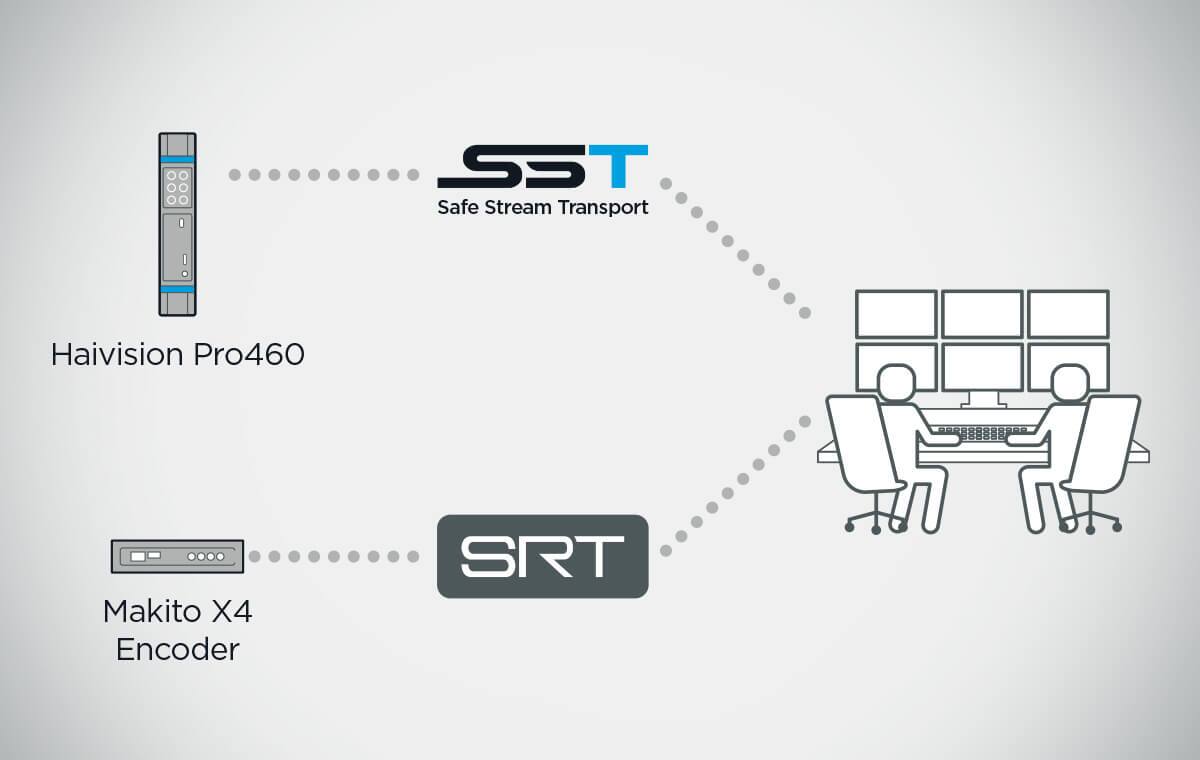
Broadcasters need both stationary and mobile cameras in order to give viewers the best possible coverage of live sports and other events. Hub 360 enables you to configure your contribution devices to stream live video using Haivision’s Emmy Award-winning protocols – SRT for the Internet and cloud, and SST for bonded cellular transmission. Hub 360 allows you to build sophisticated multi-camera remote production workflows so that you can capture live events from every angle and deliver a great viewing experience.

Hub 360 allows you to allocate the right equipment to the right people in support of your live events. As a system administrator, you can easily group devices, manage accounts, and assign users to the specific broadcast appliances required to contribute live video to your production workflows. With Hub 360, you can enable your organization to produce multiple live broadcasts simultaneously, so teams have access to the right equipment whenever and wherever they need it.
Haivision’s world-leading video contribution solutions power ultra-low latency, pristine-quality live sports, news, and event productions over any network.

How 5G will completely change broadcast contribution and remote production